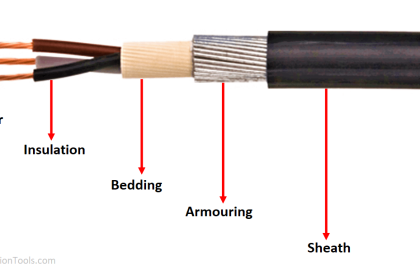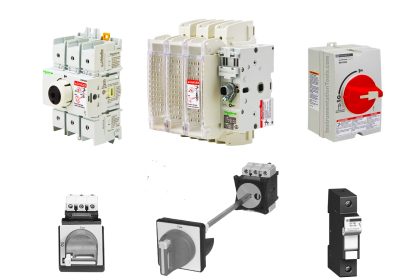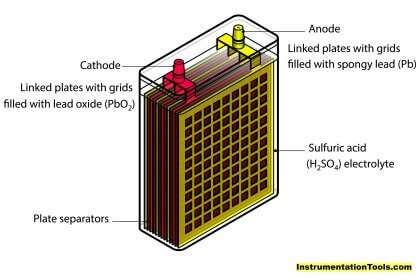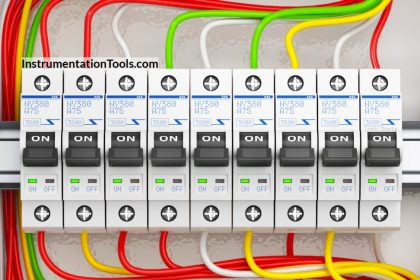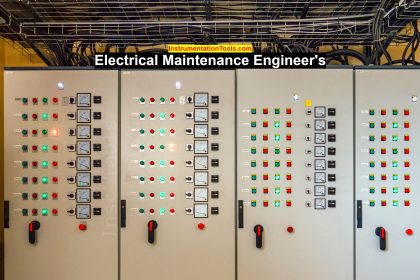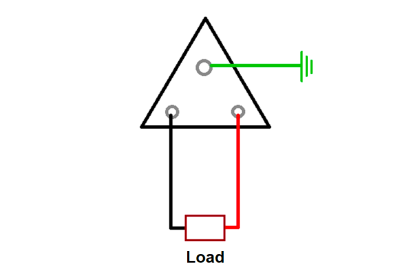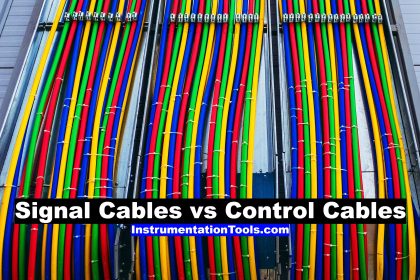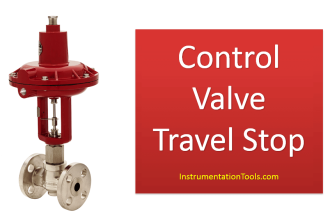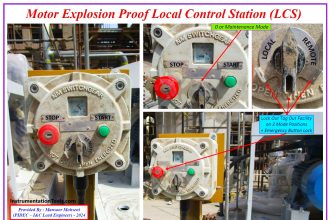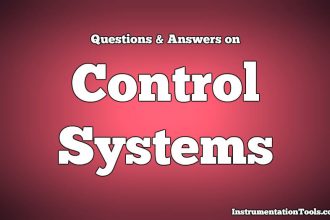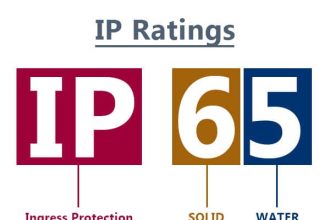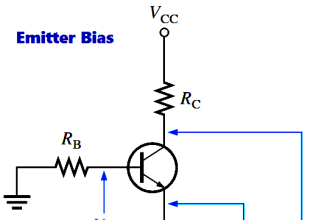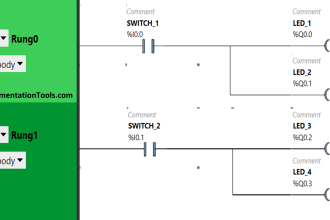When you are operating an electrical motor, it is not necessary that you run it at full speed or the desired speed every time. There are applications where you need to start or stop a motor frequently in short intervals. This is required to test whether the device connected to the motor shaft or the motor itself is running properly or not.
Because, if you start running the motor directly without testing the application, then it may sometimes cause untoward incidents. It is this reason why this frequent start and stop plays an important role in motor application. This operation is called jogging or inching.
What is Motor Jogging?
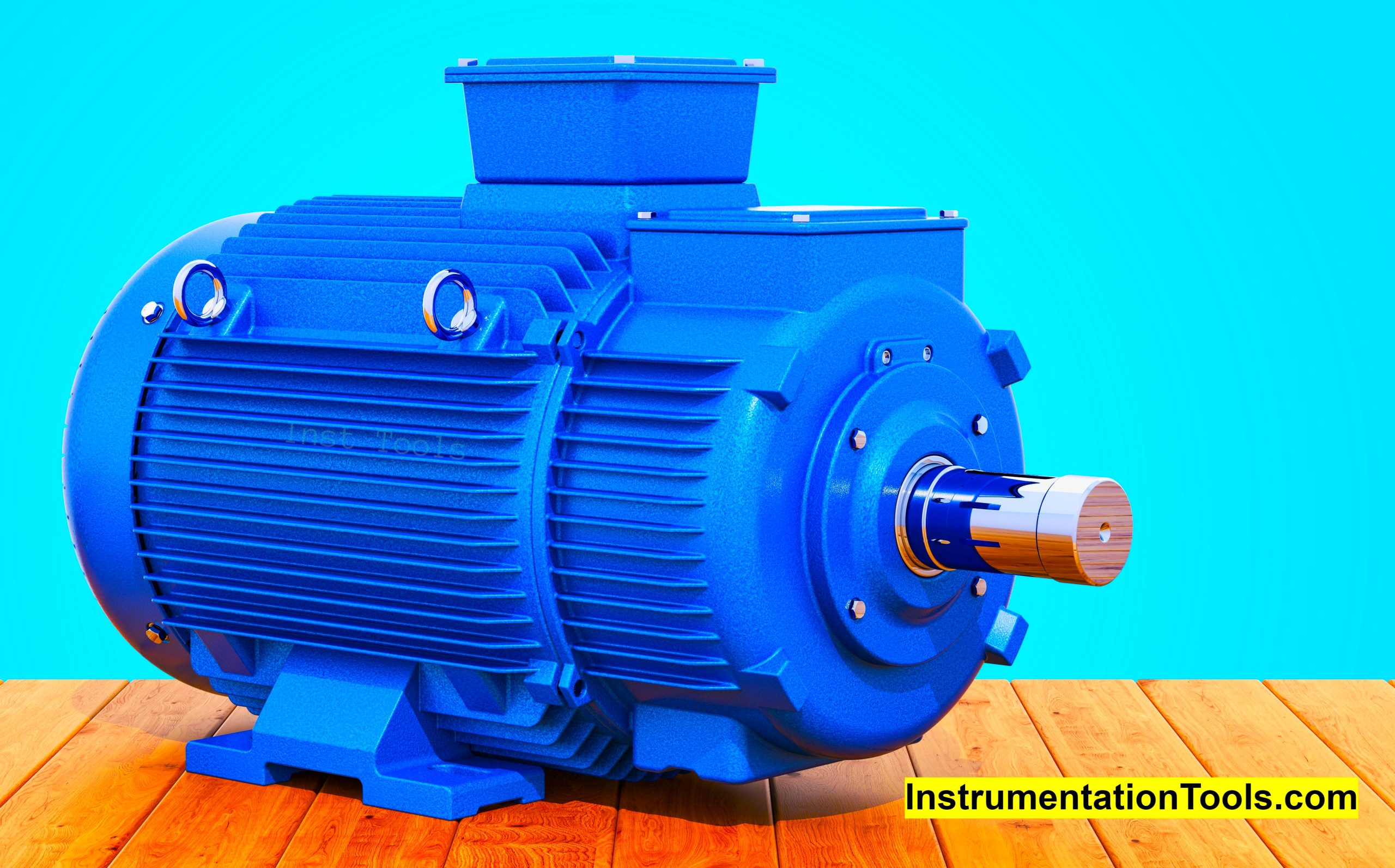
As discussed earlier, motor jogging is an operation where you need to frequently start or stop a motor in short intervals, maybe for example 5 seconds or 20 seconds. Due to this, the motor receives the start and stop run command in frequent short intervals which can be also termed as momentary push button operation.
Jogging is never done in toggle type; it is done as a momentary operation. This is because, if a toggle was used and if the operator forgot to turn off the button, then the motor would be continuously rotating which could result in an accident or untoward incident.
For example, consider that you have given an inching push button in the HMI or control panel (inching is the other word for jogging). The button is push-button type, and not toggle. The logic has been written in such a way that whenever the button is pressed, the motor will turn on and as soon as the button is released, the motor turns off. Now, when you do this action, you will see that full control of the motor is provided in your hands for freely turning it on or off.
So, imagine that the supervisor is guiding the operator – on-off-on-off; the mere words of the supervisor are enough for the operator to just press and release the button to operate the motor. But, always use an emergency push button type logic in it; so that if the motor remains on accidentally, then it can be stopped immediately by pressing it. So, motor jogging is a very important feature in motor applications.
Factors to Consider When Doing Motor Jogging
Now, consider a case where the motor used is of a very heavy rating. Such motors draw a very large amount of starting current. It is a different case that starters are used for them, like star-delta, VFD, or soft starters. But, it is a fact that in spite of the usage of starters, observation must be done that these motors consume a large amount of current when starting.
Also, when they are stopped, sudden stoppage can cause a heavy load on the output connected. So, it is recommended that the motor jogging operation is done only 5-6 times. After that, it must be run normally or stopped for a duration.
Frequent jogging can cause heavy load on motor windings or overheat them and can damage them. Considering all these, there are several important factors which need to be considered when doing motor jogging.
Motor Jogging Operation
Let us have a look at them below:
- Increase in motor size and horsepower rating for supporting heavy inrush current.
- Proper design of logic or electrical circuit (compulsory use of momentary logic and no toggle logic.)
- Transformers can be used to reduce the amount of voltage applied to the motor during inching, or reactors or resistors can be connected in series with the motor to reduce the current supplied to the power line.
- Always check standard motor ratings like current, torque, horsepower, and voltage before doing a jogging operation. If the ratings are cut-to-cut, then it must be increased to support jogging.
- The jogging operation must be done according to the motor’s duty cycle. The motor’s duty cycle specifies the recommended number of starts/min or starts/hour. Too many starts cause motor overheating and eventually motor insulation failure. The S4 duty motors are suitable for jogging and inching operations.
- When using VFD for jogging, enter proper parameters like jog frequency, jog maximum run time, jog acceleration and deceleration time, etc. to operate the motor safely. VFD provides the best control for jogging operations.
In this way, we saw motor jogging operations in industrial applications.
If you liked this article, then please subscribe to our YouTube Channel for Electrical, Electronics, Instrumentation, PLC, and SCADA video tutorials.
You can also follow us on Facebook and Twitter to receive daily updates.
Read Next:
- PVC, XLPE, Insulated Cables
- Difference between AC and DC
- Smart Grid Feeder Automation
- What is Arc Protective Clothing?
- Why Neutral and Earth Separated?
